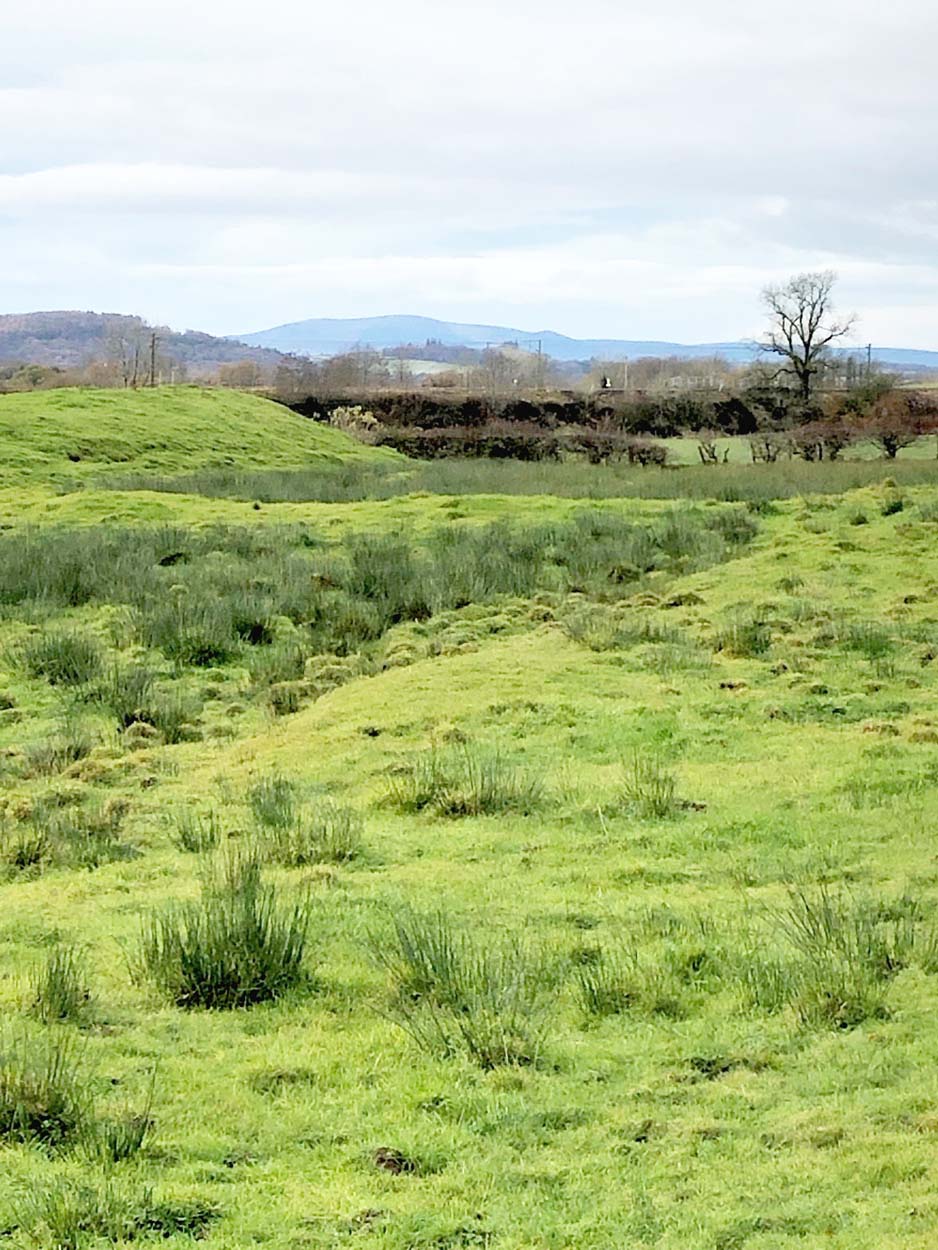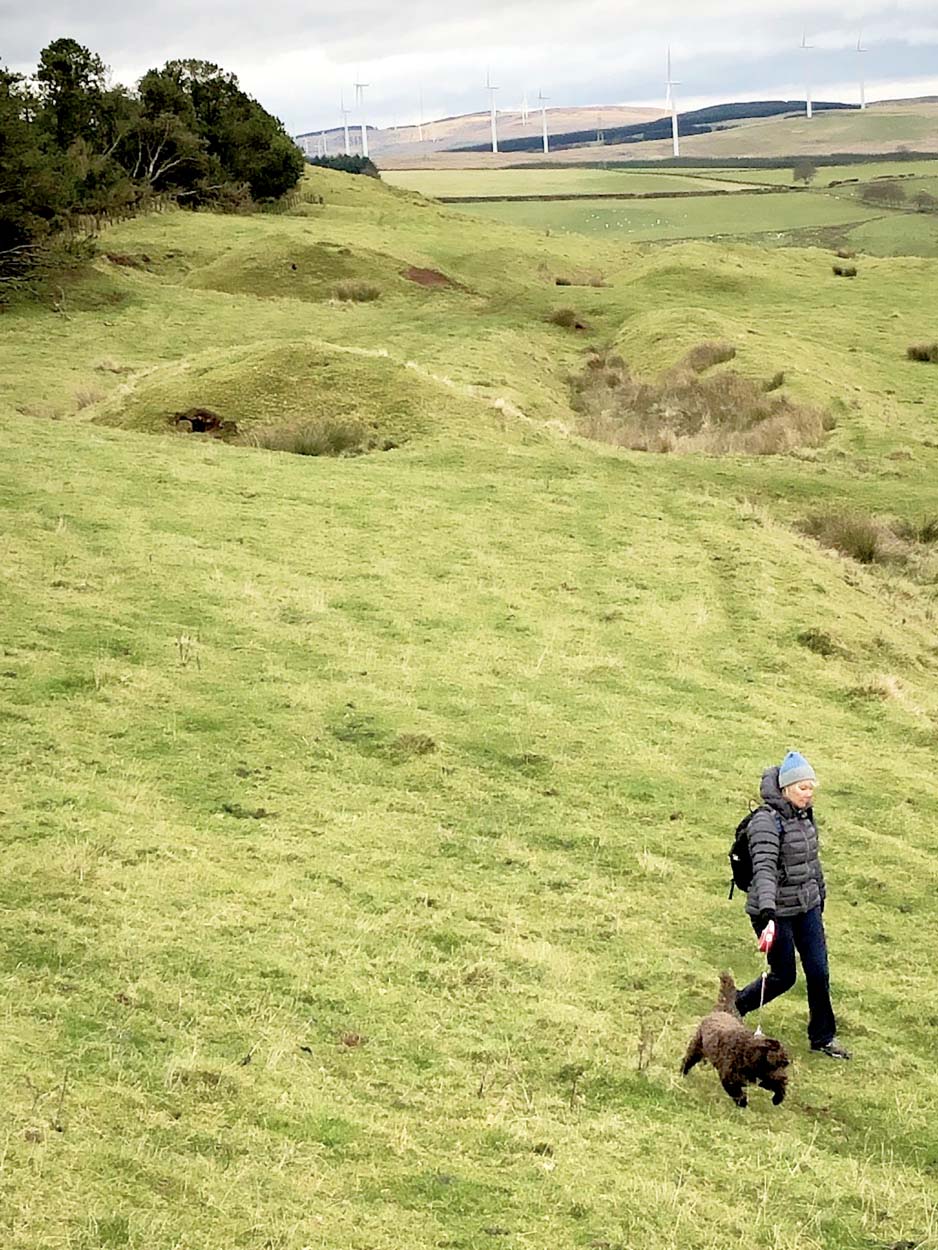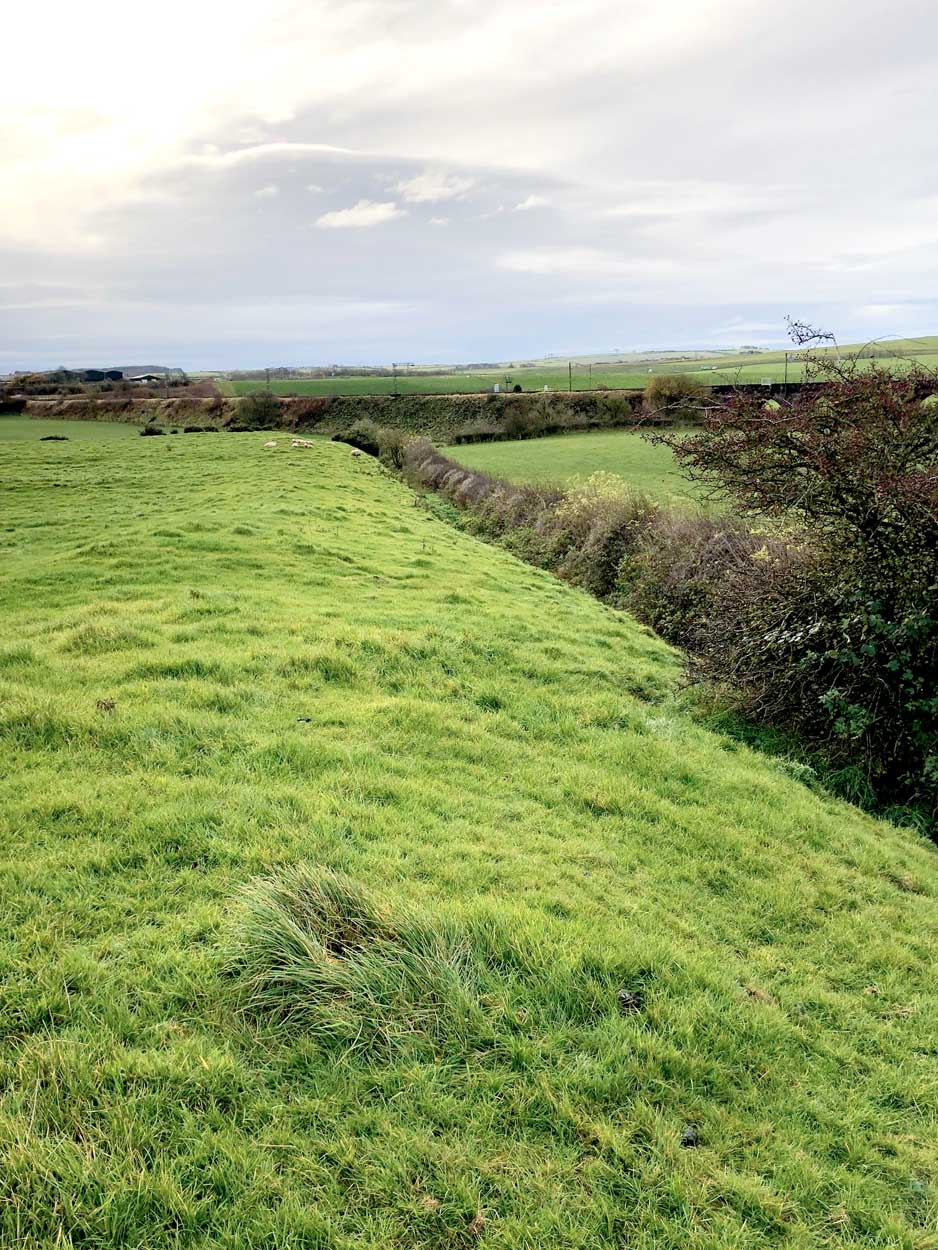Alistair Tosh
Author of “Siege”

A warm welcome to Alistair Tosh, who has just published his first novel, “Siege”, with Sharpe Books, here in conversation with Fiona Forsyth . . .
Content on this page © Alistair Tosh 2022
Author of “Siege”

A warm welcome to Alistair Tosh, who has just published his first novel, “Siege”, with Sharpe Books, here in conversation with Fiona Forsyth . . .
Content on this page © Alistair Tosh 2022
I’ve had the shell of the story of “Siege” in my mind for years. I was born in Dumfriesshire which is an area packed with historical sites of all eras. I visited many of them as a youngster and is where my love for ancient history in particular developed.
I joined the Royal Navy at 18 in communications and at 24 entered the corporate business world. I often toyed with the idea of writing but life and work got in the way. I was never very good at compartmentalising as some authors, doing a day job whilst using any available time to write. But I was very fortunate to have the opportunity to retire at 55 and finally write the book I’d had in mind for some time.
I spent a significant period researching and actually didn’t sit down to type until February 2020, two weeks before the UK felt the full effects of the pandemic. So with nothing else to do I gave writing my full focus, and actually it probably saved my sanity. It took me the best part of 16 months to draft it, get it beta read and then edited before I commenced the querying process. This as we all know is a frustrating time for new writers and, after 6 months of trying, I had almost talked myself into going down the self-publication route. But in my last wave of query letters I had a response from Sharpe Books in early January of this year. The book was published at the end of February.

© Alistair Tosh 2022
I think it was really my dad who instilled a love of ancient history in me. He would take me and my brothers on visits to many of the local castles and other historic sites. Looking back I think it was basically to give my mum a break from three boisterous boys. But it was my first visit as a young lad with friends, on our bikes, to Burnswark hill, and later hearing the tale of the Roman siege there, that really ignited my fascination with Roman and Dark Ages history.
I saw the remains there of the two Roman siege forts and the grass-covered mounds of the ballista platforms, called the Three Brethren locally. I wondered what it must have been like for the defenders in what was surely a brutal, terror-filled battle. But it was my later research into the likely events there, and the imperial political backdrop to it, that really highlighted where the story was.

© Alistair Tosh 2022
I have to say I loved the research phase for “Siege”. For me there are two key aspects to complete. Firstly doing the reading necessary to build your world and secondly, actually getting out to the physical locations where your story takes place.
I don’t think that there was just a single book that I kept on the desk at all times for reference. There was a pile of them. That said, I feel I can now say, with a degree of confidence, that I am an armchair expert in Roman ballistas, sling bullets, anti-personnel weapons such as the wicked little caltrops, lilia pits and generally how they used fear and an early form of psychological warfare to terrorise the Iron Age population of Britannia. I also believe that if I was transported back in time to a second century Roman auxiliary fort, I could find my way around quite comfortably. Although I’d likely head directly for the Principia to introduce myself to the commander.
I spent a lot of time researching the role of auxiliary cavalry too. Who, in my humble opinion, did much of the real day to day work in defending the empire’s borders and who are a central element of my story.
But I feel of equal importance to written research is actually getting out on the ground, visiting the sites you are writing about. I know some very successful historical fiction authors who simply consult Google Maps, but for me I think this is missing a trick. There are three principal locations in my story. Two, Burnswark Hillfort and Birrens Roman fort I was able to visit. Both are still in very rural areas and would likely, even now, be recognisable to an auxiliary trooper if he was transported forward in time 1800 years. Although I had been to Burnswark as a boy, I visited it again on two further occasions during my research phase. Once on a fine, clear day with fabulous 360 degree, panoramic views of southern Scotland. On the second, however, it drizzled and the cloud cover was low, cutting off all visibility. I found on that second visit that the ground around the hill had become boggy, which gave me a real lightbulb moment. What would a battle there have been like in wet conditions? I imagined thousands of legionary boots squelching across the sodden ground, towards the hillfort, and turning it into a quagmire.
Visiting Birrens Roman fort, although basically now a sheep field, gave me some great ideas on how to mount the defence in the final act. In fact I would say on-site research fundamentally changed my original plan for the story.
It is also worth saying that I have drawn on my experience in the navy to inform the relationships between characters and have aimed to be true to the military experience (although the Roman army was far more brutal than present day). I suspect the banter between the men of a Roman contubernium would be recognisable today to a section of the modern army. I hope this comes across in the story.

© Alistair Tosh 2022
Invest in your writing. Do the creative writing courses. Attend writing conventions and speak with other writers. You may think you can write, and you probably can, but by the gods you can develop your skills considerably in even a short period of time. Finally write stories that you would want to read and whilst it’s important to stay relatively close to known historical fact you are a writer, not a historian. The story comes first so don’t worry too much about moving the date of a historical incident a bit to fit the flow.

© Alistair Tosh 2022
Siege is an historical adventure set in the wilds of second century northern Britannia. At its heart is the relationship that develops between two men. One is Lucius Faenius Felix, an inexperienced Roman Tribune, of the patrician class, given command of the First Nervana, an auxiliary cohort. The other is a grizzled, veteran cavalry Prefect and warrior of the Germanic Nervii tribe. Their story will take them through bloody battles against the tribes of the north. Lucius’s ordeals will ultimately transform him from callow youth to a battle-hardened war leader with dreams of recovering his lost family lands. Cai, feeling his mortality as his time with the Nervana nears its ending, seeks the love of the beautiful and strong-willed Alyn, widow of his childhood friend. But, as the fearsome Novantae tribe and their allies sweep across the land once more, threatening the province, both men must stand their ground in a final desperate battle that will mean victory for the Nervana or its destruction.
And “Siege” can be found at :
Alistair lived in the Dumfriesshire countryside for most of his childhood, a region of Scotland filled with ancient place names such as Torthorwald and Caerlaverock. But it was his history teacher’s telling of the tale of Burnswark and the Roman siege of the Iron Age hillfort that fired his love of Roman and Dark Ages history. From there the kernel of the stories for the Edge of Empire series took root.
Content on this page © Alistair Tosh 2022
One Response
your work is really great